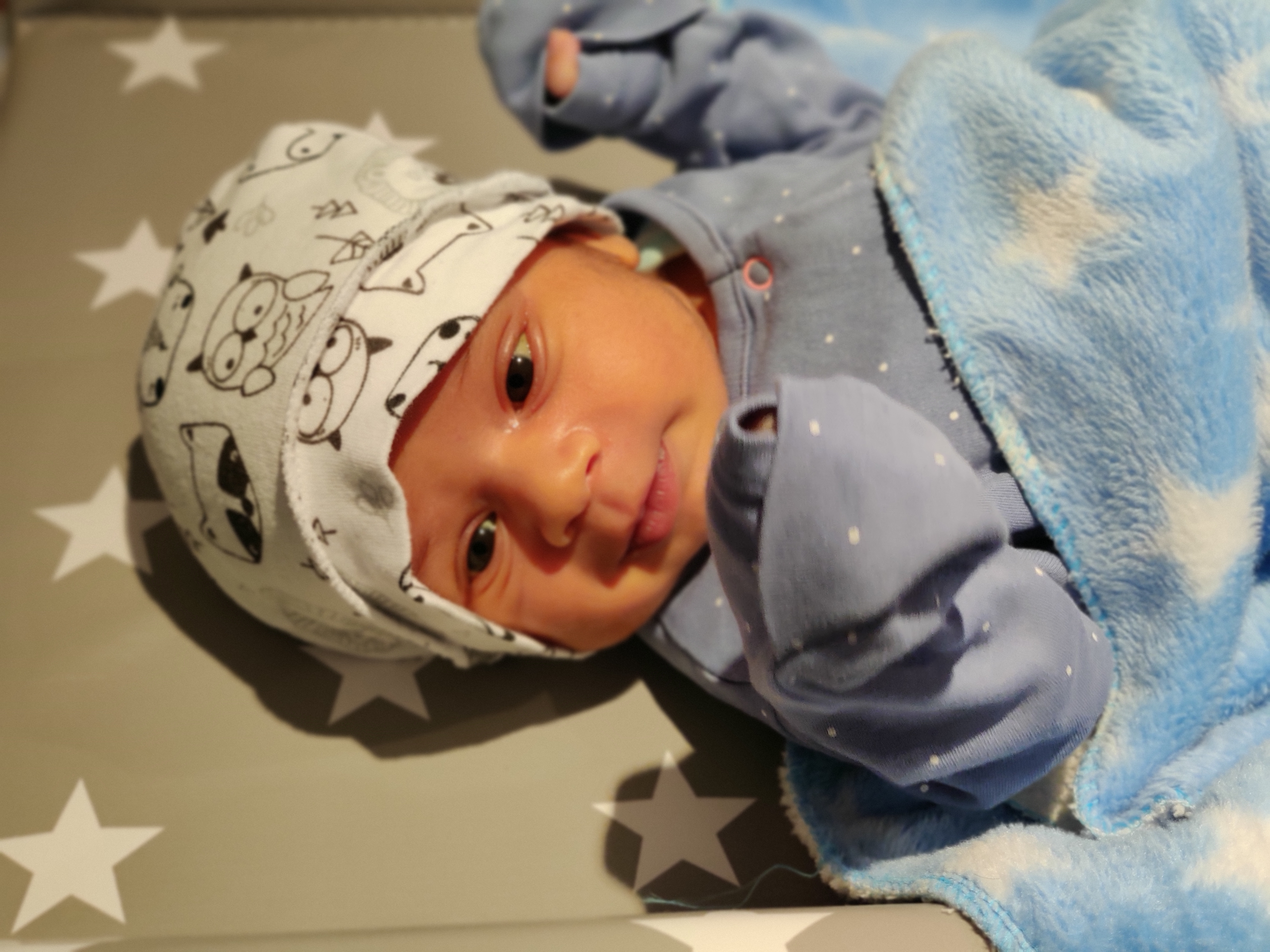Donating cord blood
It’s usually discarded, but the special qualities of umbilical cord blood can give hope to patients with serious conditions.
Cord blood is the blood that remains in the placenta and umbilical cord following the birth of a baby. It is rich in blood stem cells similar to those found in bone marrow, which can be used to treat many different cancers, immune deficiencies and genetic disorders.
NHS Cord Blood Bank collects, evaluates and stores cord blood units and makes them available for patients in the UK and across the world. We currently collect cord blood donations at University College London Hospital, St George’s Hospital and Luton and Dunstable University Hospital.
 Shruti Chandra, a first time mum, decided with her husband that she would donate cord blood.
Shruti Chandra, a first time mum, decided with her husband that she would donate cord blood.
She says, "As I am a researcher myself, I had read about various clinical trials being run utilising donated cord blood and the advances in stem cell therapies. I also understood from an online source that in Britain alone, thousands of litres of cord blood is thrown away each year, which translates into an extremely small pool of cord blood available to patients.
(Picture: Baby Veydant)
"The pool shrinks even further when looking for a suitable sample for ethnic minorities. This information was both appalling and saddening. So, when I became pregnant, my husband and I decided very early on that we would donate the cord blood. As NHS staff ourselves, we chose to donate the blood to the NHS Cord Blood Bank so that it could be made available to a wider community.
"The consent process for the donation by the team at St. George's was smooth and hassle free. They came to us and I didn't have to run around to get the paperwork done. The day after my delivery the team members came in person to thank me and the baby, complete with a complimentary gift and card for the baby. It was lovely to feel acknowledged and thanked for the donation.
"My son, Veydant, and I strongly encourage every mother-to-be to donate their cord blood and do their bit towards saving a life, like we did."
How we collect cord blood
Following the birth of a baby, the placenta is normally thrown away along with the cord blood in it. The procedures we use to collect cord blood are safe and risk-free for both mother and baby. This is because the collection of cord blood is made from the placenta after the baby is born, after the cord is cut and after the placenta has been delivered. The donation is handled independently by our dedicated staff, leaving the midwife completely free to care for mum and baby.
Donating cord blood does not interfere with the mother’s birth plan, the management of labour and delivery, nor with the aftercare of mother and baby. Once the baby has been born, the midwife will confirm that written or verbal consent has been given and will pass the placenta to our staff, along with the mum’s consent to collect form.
The placenta is then taken to a dedicated cord blood collection room within the delivery suite. It’s placed in a sterile supporting structure, the cord is cleaned then a needle is inserted into the cord and the blood naturally flows into a collection bag.
Following the successful collection, donated units are transported to our dedicated laboratory facility and then processed and tested to ensure that they are safe to be given to a patient. Once processed, tested and stored, the blood will be available for any patient within the UK or anywhere around the world.
Who does cord blood help
Cord blood transplants have been shown to cure patients with a variety of serious conditions: malignancies (cancers of the blood such as leukaemia and lymphoma), bone marrow failure (when bone marrow doesn't produce the cells it should), haemoglobinopathies (blood disorders such as sickle cell anaemia or thalassaemia), immunodeficiencies (when the immune system doesn't work properly) and metabolic disorders (these affect the breakdown of waste products in the body).
We are constantly discovering more and more diseases and conditions that can be successfully treated with stem cells found in cord blood.
More donors are needed, particularly mothers from African, African-Caribbean, Asian, Chinese, Jewish, Eastern European and Mediterranean communities. This is important, as finding a suitable match is often difficult due to the lack of appropriate volunteers on the cord blood registry. Some tissue types are more common in certain ethnic groups of the population, meaning that a patient is more likely to be matched with a donor from a similar ethnic background. This increases the chances of a successful transplant.

